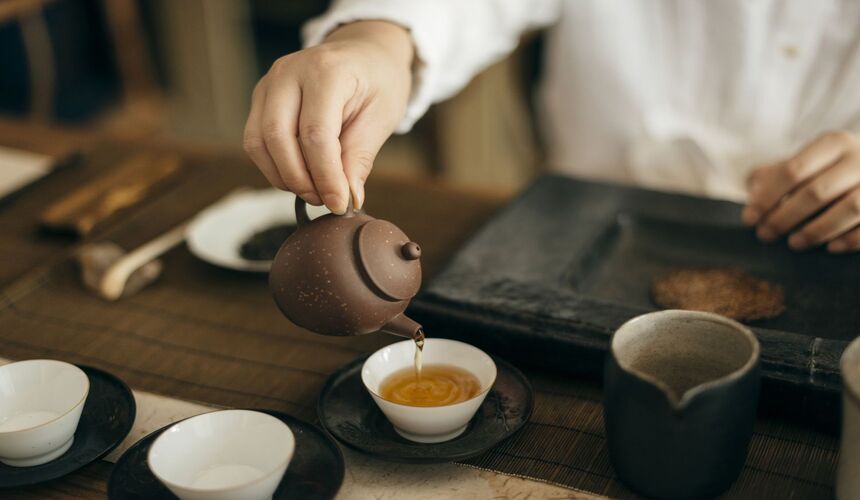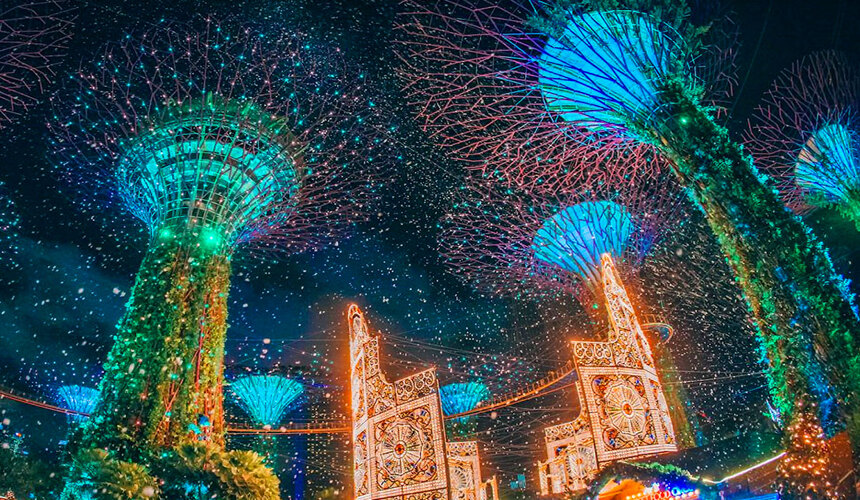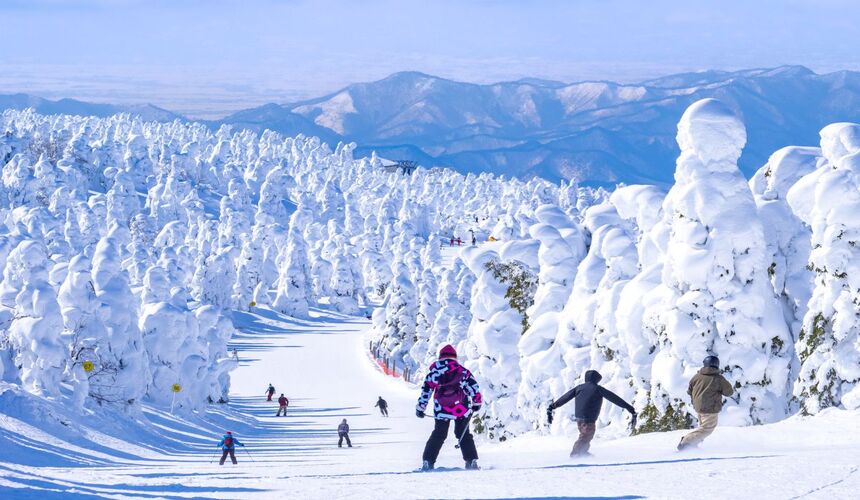
Explore The Birthplaces of China’s Tea
There is no doubt that China is the birthplace of tea, with the first discovery of the plant occurring there some 5,000 years ago. China is the world leader in tea production, with a vast landscape and diverse topography that allows for the cultivation of a wide range of tea varieties. China accounts for over 18% of the world’s tea exports. Tea is cultivated across China’s southern provinces. The country’s four tea-producing regions offer the best opportunities for visitors during the spring and early summer months.
The majority of the teas grown in China are green, but some provinces also produce yellow (Zhejiang, Sichuan, Anhui, Hunan, Guangdong), black (Hunan, Yunnan, Anhui, Fujian), white (Fujian, Yunnan), Oolongs (Fujian, Yunnan), Jasmine greens (Hunan, Jiangsu, Jiangxi, Guangdong, Guangxi, Zhejiang), and Pu-erh tea which comes exclusively from Yunnan province.

South of the Yangtze
The southern regions of the Yangtze River are the primary hub of China’s tea industry, contributing approximately two-thirds of the country’s total output. This is appreciated by the region’s nice climate, comprising four distinct seasons and ample precipitation. The high summer temperatures mean that tea farms are often located at a higher altitude in the hills and mountains, where the climate is more conducive to cultivation. The region is renowned for producing exceptional green, black and oolong teas. The village of Qimen, from which the smoky black Keemun tea takes its name, is located under the Yellow Mountain. Longjing green tea hails from the hills around Hangzhou’s West Lake.
Moganshan Tea Plantation
Moganshan is a scenic mountain retreat in Zhejiang province, China. It is famous not only for its lush bamboo forests and serene landscapes but also for its thriving tea plantations. The tea plantations in Moganshan stretch across the hills, where the high altitude, ample rainfall, and misty conditions create the perfect environment for cultivating premium tea. This unique climate contributes to the distinctive flavors and high quality of the yellow tea produced here.

Longjing Tea Plantation
Longjing Tea originates from the area around Longjing Village near Hangzhou, Zhejiang province. This tea is celebrated for its high quality, distinctive flat leaves, and sweet, mellow flavor. The plantations where Longjing tea is cultivated are not only agricultural sites but also cultural landmarks that attract tea enthusiasts from around the world. Here you can experience a scenic tour of tea fields, participate in tea picking and enjoy tea testing.

North of the Yangtze
The northernmost areas in China suitable for tea production are located in the provinces of Shandong, Gansu, Shaanxi and Henan, as well as in the northern parts of Jiangsu, Anhui and Hubei. The region’s low temperatures result in a slower growth rate for the leaves, which develop a distinct, sweeter flavour than the southern one. This produces some of the country’s oldest and most renowned teas. Lu’an Melon Seed is named for the distinctive shape of its processed leaves. A green tea that differs from other varieties by using the second leaf on the branch rather than the buds. Another classic from Jiangbei is Henan’s Xinyang Maojian. It is named for the slender leaves, which resemble small furry tips when dried.
Xinyang Maojian Tea Plantation
Xinyang Maojian tea often honored as one of China’s top green teas, is produced in Xinyang in Henan province. Known for its slender leaves, vibrant green color, and distinctive aroma. Dating back to the Tang Dynasty. It has been celebrated for centuries and was even listed as a tribute tea, reserved for emperors and high-ranking officials. The area’s moderate climate, ample rainfall, and misty conditions help produce tea leaves with rich flavors and high nutritional content.

Southwestern China
Southwestern China is the country’s oldest tea-producing region. The region includes Yunnan, Sichuan, Guizhou and parts of southern Tibet. Tea Horse Road, an ancient network of trade routes and caravan trails, once crisscrossed this part of China. The distribution of silk, Buddhism and tea between the humid jungles and mountain valleys of China, Myanmar and India. The most renowned tea in this region is Pu’er, a black tea that has undergone fermentation and compression..
Pu’er Tea Plantation
Many Pu’er tea plantations are home to ancient tea trees, some of which are over a thousand years old. These ancient trees, often located in remote, mountainous areas, produce leaves that are highly prized for their quality and distinctive flavor. Also, you can explore a diverse ecosystem surrounded by lush forests and rich biodiversity when you are touring around the tea plantation.
Mount.Emei Tea Plantation
Mount Emei located in Sichuan province, is one of the Four Sacred Buddhist Mountains of China and a UNESCO World Heritage Site. This region is also renowned for its tea plantations, particularly known for producing high-quality green and black teas. The unique climatic conditions, rich soil, and altitude of Mount Emei contribute to the distinctive flavors and superior quality of its tea. Tea cultivation on Mount Emei has a long history intertwined with Buddhist culture. Monks from the numerous temples on the mountain have traditionally been involved in tea growing and production, adding a spiritual dimension to the tea culture here.

Southern China
The climate of southern China is conducive to tea cultivation, with its hot and humid conditions prevailing for much of the year. The warm weather and rainfall across the provinces of Guangxi, Guangdong, Fujian and Hainan also allows for a longer growing season than in other parts of the country, at up to ten months per year. Two famous tea leaves are Liu Bao a black tea from Guangxi, and Tieguanyin an oolong from Fujian. However, the most legendary is Da Hongpao. Da Hongpao is another oolong tea, grown in Wuyishan, a misty, riverine landscape in the mountains of Fujian. It is arguably the most revered of Chinese teas.
Wuyi Mountain Tea Plantation
Wuyi Mountain located in the Fujian province of China, is famous for its breathtaking scenery and rich cultural heritage. It is also renowned for producing the world’s finest teas, the famous Da Hong Pao (oolong teas). The unique terroir of Wuyi Mountain, characterized by its rocky terrain, misty climate, and pure water sources, creates the perfect environment for cultivating high-quality teas with unique flavors and aromas. Besides Da Hong Pao, Wuyi Mountain produces other notable teas such as Shui Xian, Rou Gui, and Bai Ji Guan.

Sanjiang Dong Tea Plantation
Sanjiang Dong Autonomous County located in the Guangxi Zhuang Autonomous Region of China. It is a region known for its vibrant ethnic culture and scenic landscapes. Home to the Dong people who have a long-standing tradition of tea cultivation. The Sanjiang Dong Tea Plantation is renowned for producing high-quality teas, including green tea and a variety of traditional Chinese teas that benefit from the region’s unique climate and fertile soil. The misty mountains and clean environment contribute to the purity and flavor of the tea produced here.

Would you like to explore any one of the tea plantations mentioned above? Our travel consultants are ready to help you create a tailor-make itinerary!



